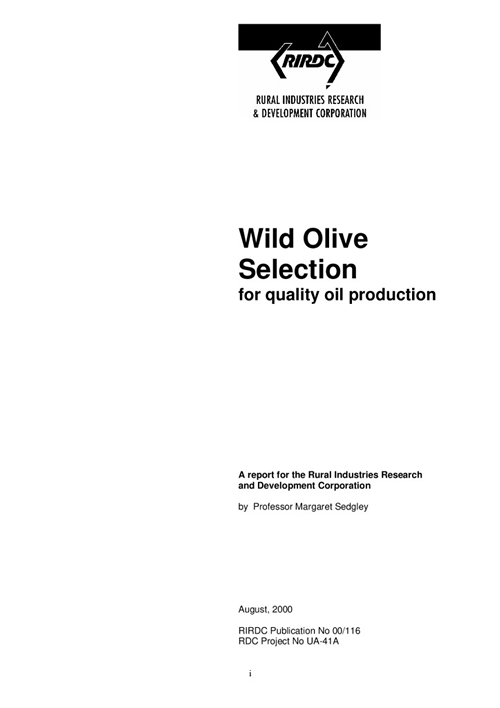The olive (Olea europaea L.) is a small evergreen tree adapted to a Mediterranean climate. It yields two products, table olives and olive oil, both of which are important commodities on world markets. One of Australia’s first industries following European settlement was table olive and olive oil production, and many introductions of olive varieties were made from overseas. Despite this, the Australian olive industry went into decline and almost all olive products consumed are now imported.
Olives are ideally suited to the southern Australian environment, as demonstrated by its status as an invasive weed, by natural seed propagation from the original introductions. The olive competes so well with native vegetation in disturbed sites, that eradication programs are underway throughout southern Australia in an attempt to preserve bushland areas.
It is essential that superior wild material is identified and propagated before it is destroyed, as it represents the progeny of an uncontrolled outcrossing ‘experiment’. Based on this wild material, which is clearly well-adapted to Australia, there is the potential to increase Australian olive oil production, and so to replace imports of olive products currently valued at $100 million. More importantly, the industry intends to develop an export market in olive products, and this is increasingly likely following crop failures overseas. Improved planting material is needed for the industry renaissance.





